Stations: The Beloved Swim Workout (Includes Sample)
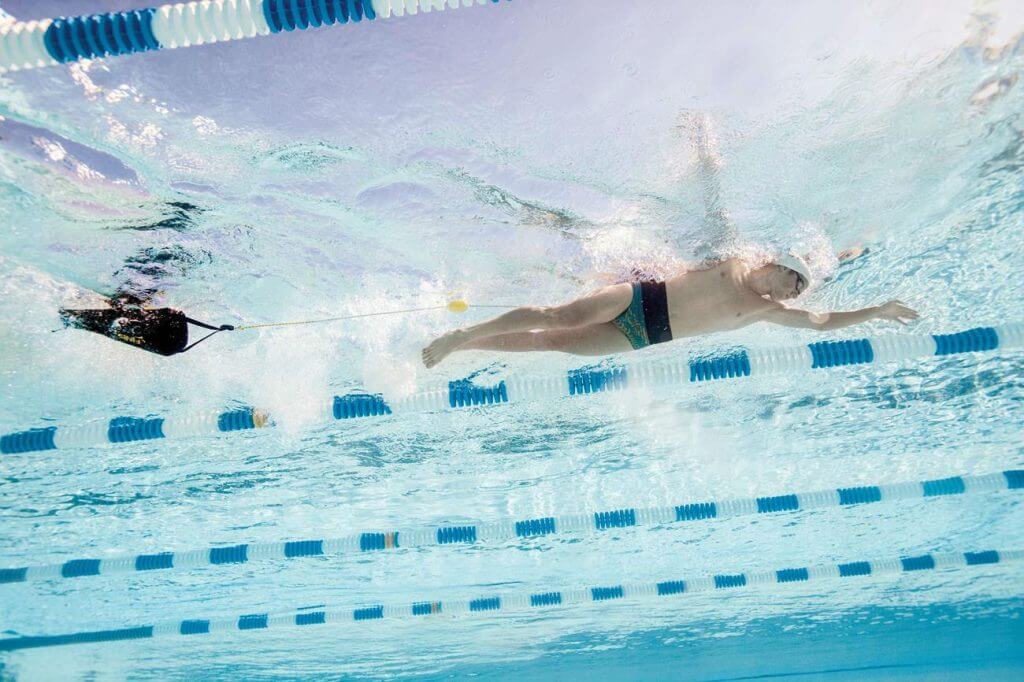
Stations: The Beloved Swim Workout (Includes Sample)
By Maggie Lasto, Swimming World College Intern.
It’s no secret that swimming can get monotonous at times. With their faces in the water, swimmers often find themselves singing songs, studying, or planning for their next birthday to pass the time. But occasionally, they walk onto the pool deck for practice and are welcomed with a surprise… equipment lined up by their lanes! It’s a sign that coach has written a circuit workout. Swimmers get asked, “Don’t you just go up and down the lane the whole time?” or, ” Isn’t practice boring?” all the time. Stations are one of the reasons why they respond with, “No, I actually love it.” Lane change workouts are a fan favorite across the swimming community. Below, four college swimmers explain why.
What are Stations?
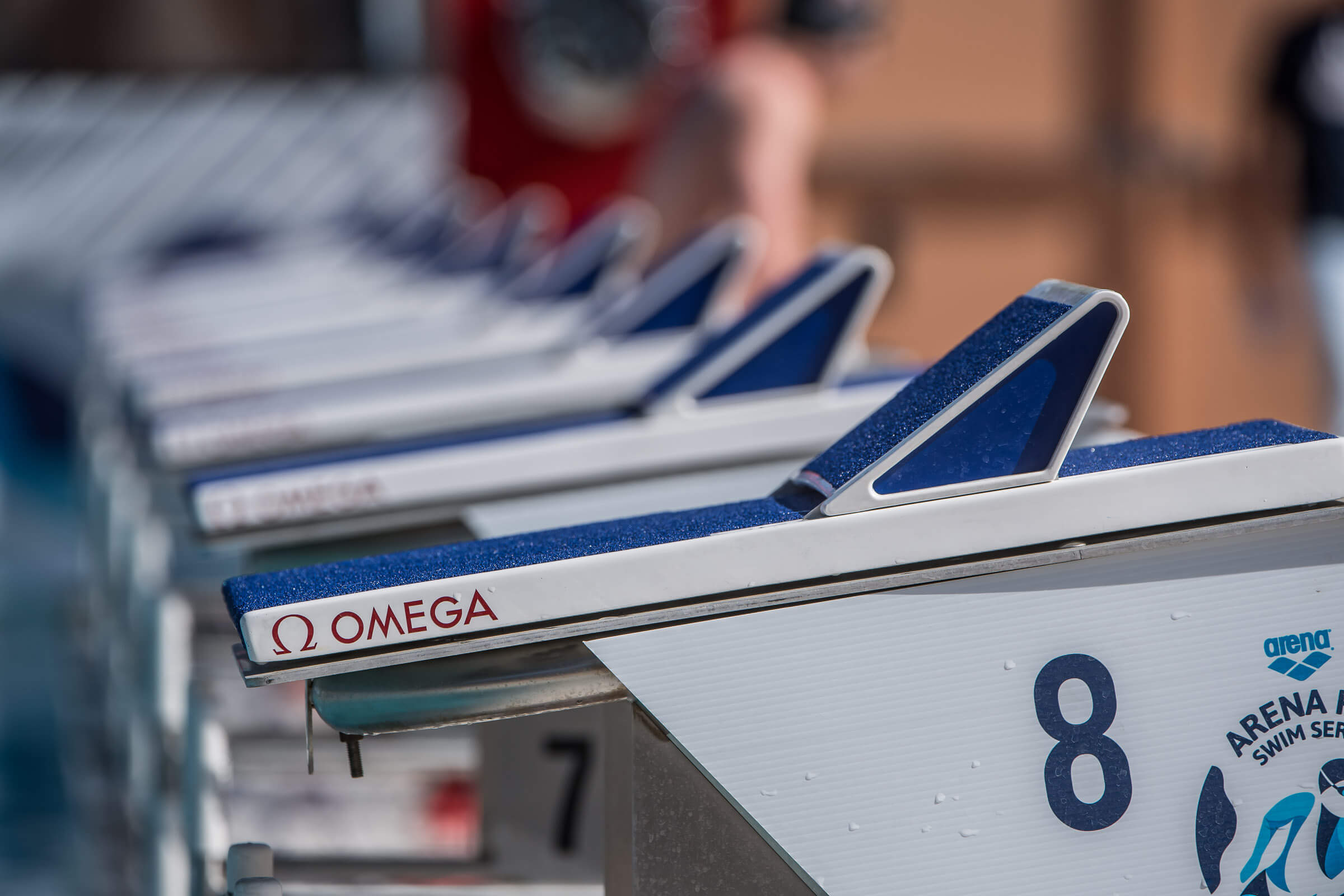
Stations are part of a circuit and are commonly referred to as “lane change workouts.” In a circuit workout, every lane becomes a station with its own specialized set. Swimmers rotate through the lanes until they have completed each one. The sets in each lane are short, lasting about 10-15 minutes each so that the groups are able to move on at the same time. Station workouts often focus on speed work and technique instead of distance and often require the use of equipment.
Why do swimmers enjoy circuit workouts?
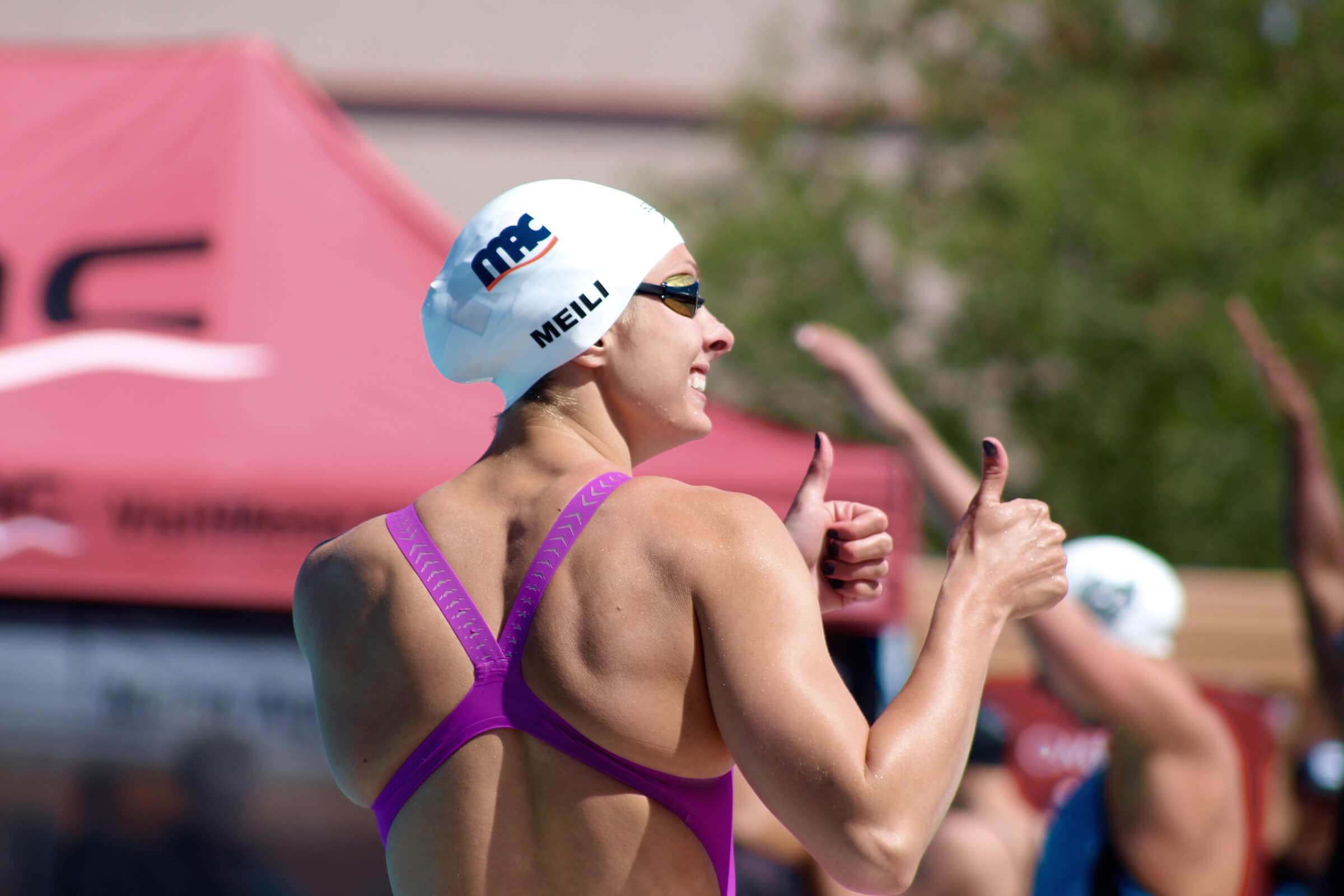
“I definitely love station workouts. I think I like them so much because they are a great way to switch up practices, especially after long periods of training without meets.” -Madeline Snow, Sr., Providence College
“For me personally, circuit practices were an adjustment from high school swimming, and I love these changes because I feel like I can really focus on and improve my sprinting by becoming more efficient and powerful!” -Dana Chung, Sr., Williams College
“We do stations usually like once every two weeks or so. I love them because it makes the workout more dynamic in a way and changes it up rather than being the same kind of cookie-cutter workout every day.” -Ethan Skuches, Fr., Vassar College
Why are circuit workouts effective?
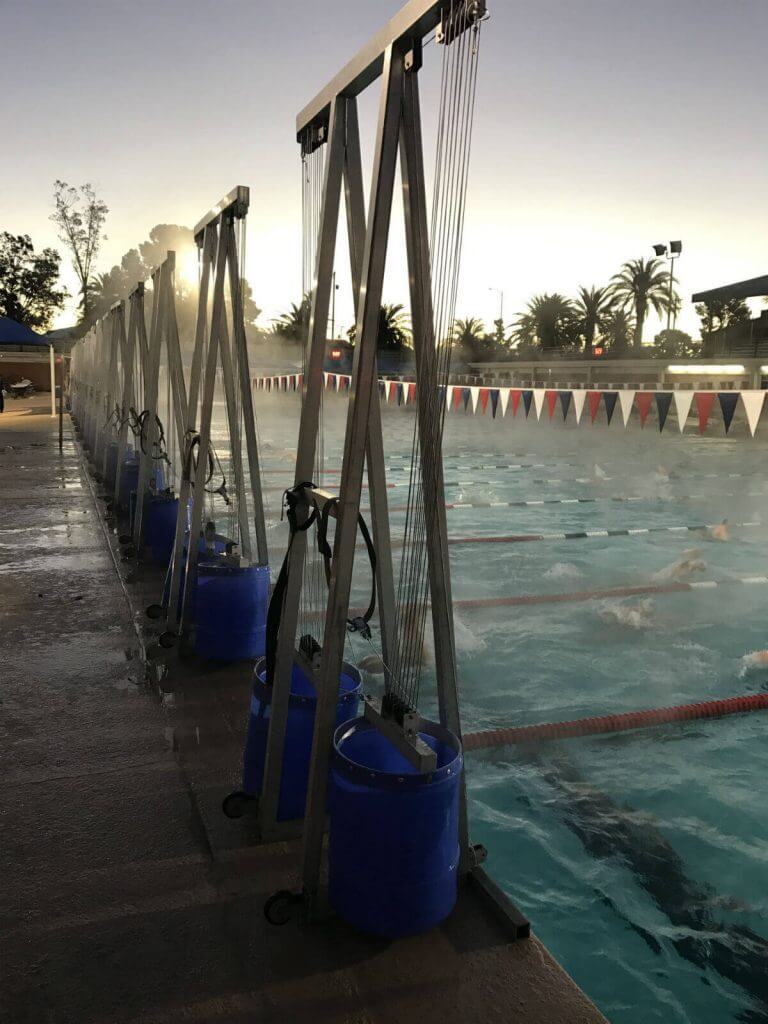
1. It Changes Things Up
“Station training is a great way to work on your body in and out of the pool simultaneously. Whenever we do stations, we combine in-water components with out-of-water work. For example, we will subset power work on towers or racks with a core/ab circuit. You’re constantly working your core while you’re in the pool, but many swimmers don’t do so consciously.” -Anonymous
Finally able to escape the norm!
2. Team bonding
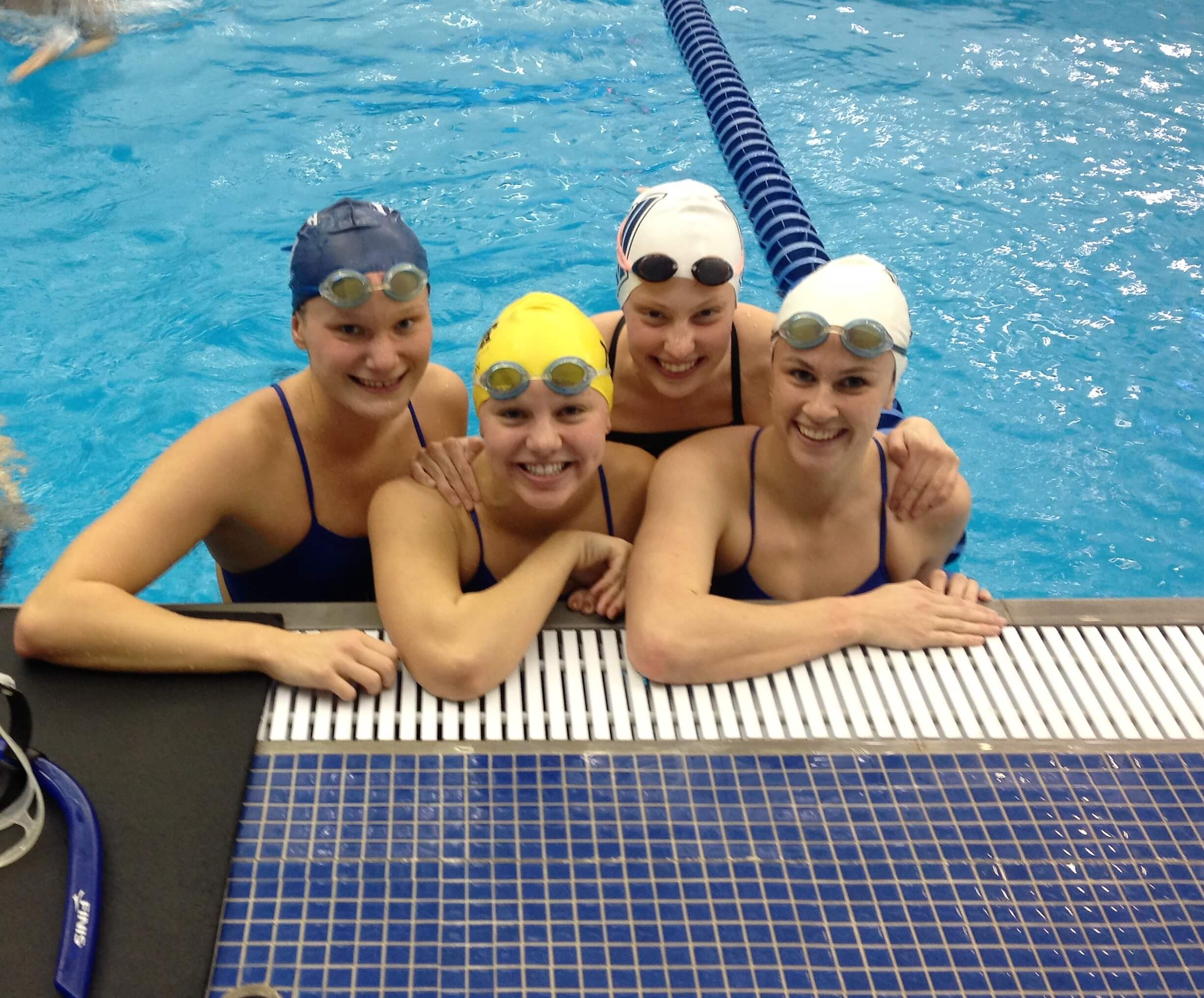
“They are also great for team bonding, and they can challenge teammates in a way other than traditional swimming.” -Madeline Snow, Sr., Providence College
Get the chance to train with someone who normally swims across the pool?! Yes, please.
3. Challenging, but fun!
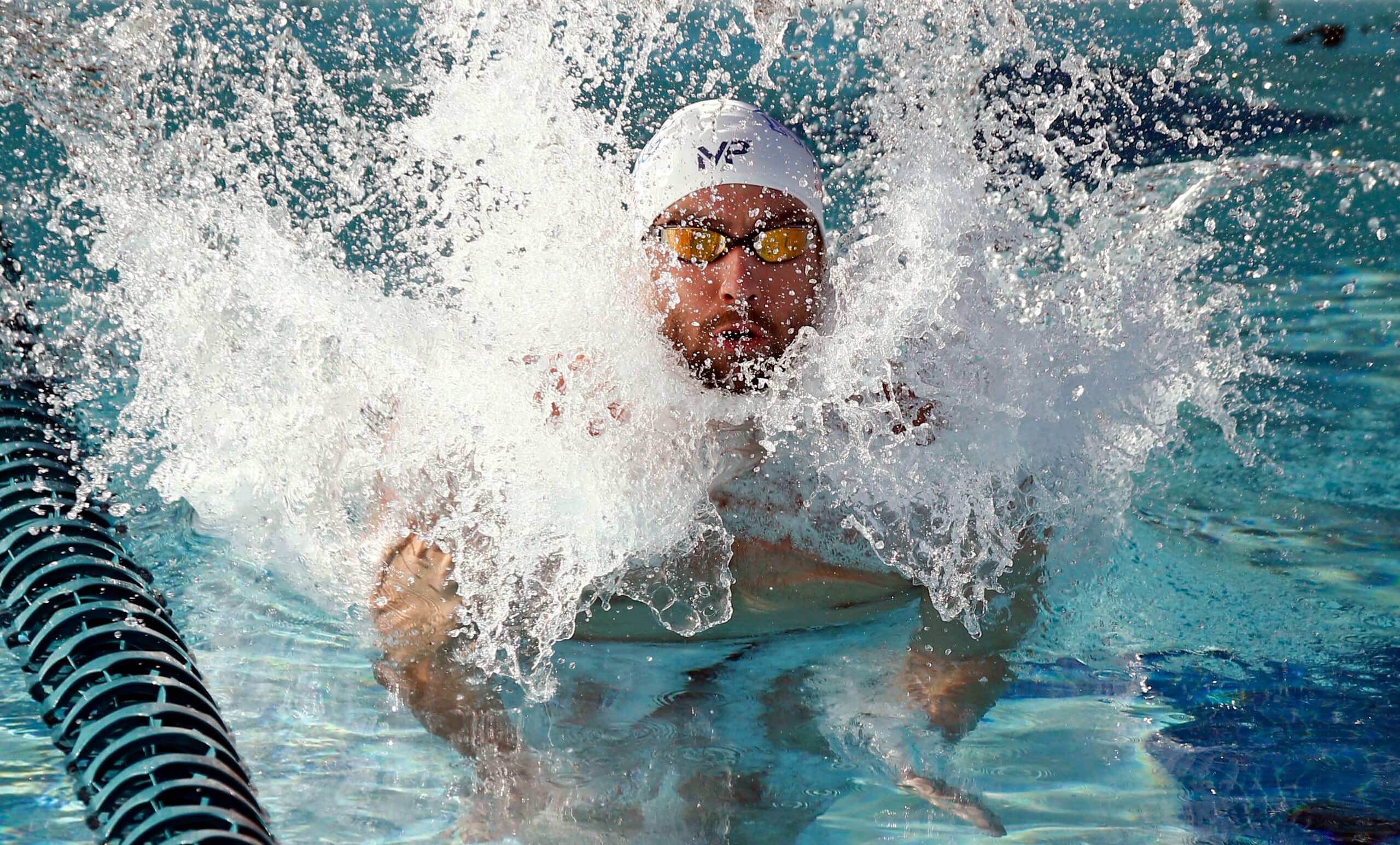
“I just really enjoy stations, and it’s great to take a break from the hard stuff and have some fun with the team while still getting a good workout in!” -Ethan Skuches, Fr., Vassar College
It’s a win-win!
4. Effective use of Equipment
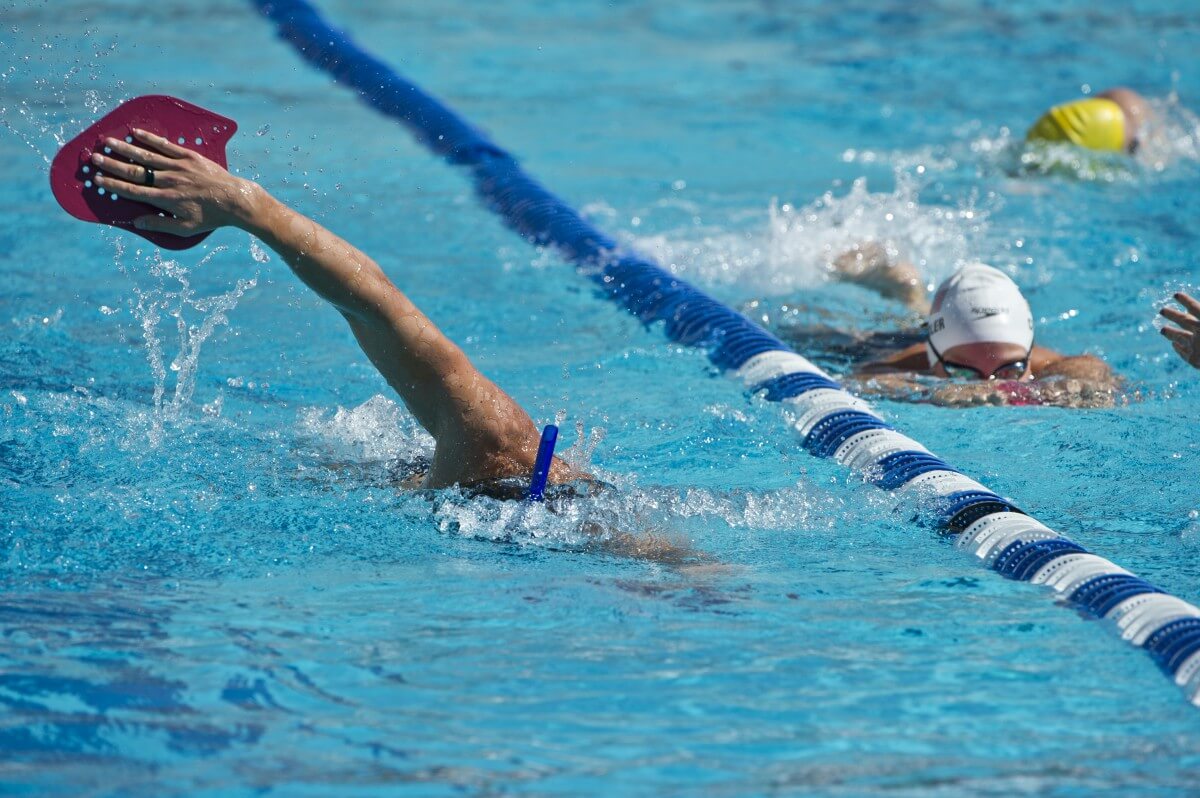
“The way we do stations at Vassar, they allow us to focus a lot more on technique and specific aspects of our races (i.e. turns, starts, finishes). Or we do resistance work with bands and parachutes, which I’m super fond of!” -Ethan Skuches, Fr., Vassar College
Finally, you get to play with the toys!… and make yourself stronger at the same time.
5. Allows for specialization work
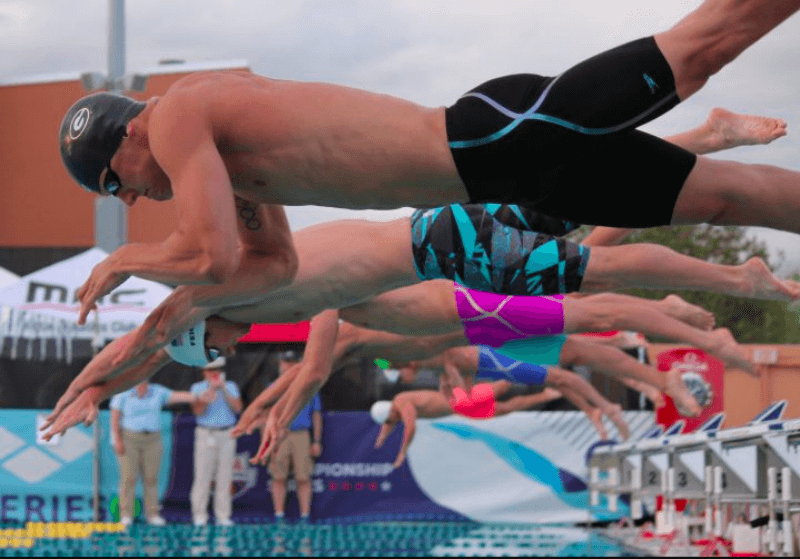
“Adding an ab circuit to our power training allows us to specifically focus on core strength out of the water, which will in turn benefit us in the water. This also simply works the body in a different way, allowing certain areas of high stress to rest while activating others.” -Anonymous
“Our circuit workouts at practice are designed to work speed and power. These workouts are especially important for sprinters. Our circuits include stations for power rack, cords, zoomers, socks, and chutes. I like how rotating through stations and using different equipment lets us work on maintaining speed and power with resistance and variable rest.” -Dana Chung, Sr., Williams College
A distance swimmer can finally train like a sprinter! It’s like a dream come true.
Example Workout
Warmup: 2,000 yards
Lane 1: Stroke simulations (outside water) w/tempo trainers and weights
Lane 2: 8x50s free, 25 under water, hop out, do 5 squats with weight, sprint back
Lane 3: 5x100s stroke, drill w/objects i.e. cups, tennis balls, ping pong balls, snorkel etc.
Lane 4: 16x25s choice, all out, alt. kick/swim w/ fins
Lane 5: 8x50s all out form blocks with tempo trainers
Lane 6: Planks/crunches/walking lunges on deck
Lane 7: 5×150 free desc by 50 to sprint
Lane 8: 4×75 free, alt. kick/swim/kick w/ drag socks
Workout provided by: University swim coach, Maureen Fahey
All commentaries are the opinion of the author and do not necessarily reflect the views of Swimming World Magazine nor its staff.



